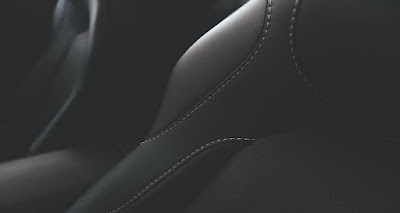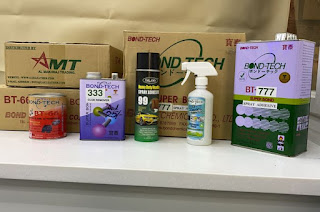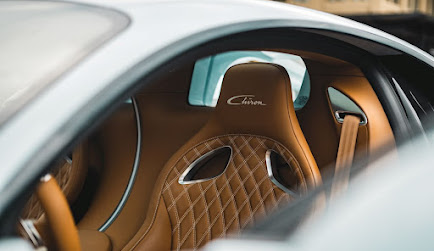How Can You Tell Whether A Leather Item Is Genuine?
Tannery offers inferior skins at exorbitant rates all too often. If you're out shopping, you should be able to distinguish between a good deal and a scam. Some companies utilise low-cost and low-paid labour to produce leather goods, regardless of the quality of the final product.
If you're looking for leather wallets, shoes, or even coats, you should be well-versed in the subject of leather quality. Although Genuine leather suppliers in South Africa, not every manufacturer utilises it. You may save a lot of time shopping if you know what top quality leather items look like. You'll also save money on things you don't need. Take a look at our seven-step process below.
Determine the Leather's Quality
If you're thinking about buying a leather item, make sure to look at the leather grade first. Genuine leather goods come in a variety of grades of leather. The quality of a product's leather is determined by its grade. Look for high-quality leather, as lower-grade leather can be glued together, painted, and marketed to fool clients.
 |
Genuine leather
As a general guideline, look for top-grain or full-grain leather. The best grade is full-grain leather, which lasts a long time. Meanwhile, the majority of top-grain leather goods are of average quality. Most wallets are made of top-grain leather, and well-known designer labels utilise it as well.
Take a Whiff of the Product
Genuine leather has a distinct odour. Meanwhile, fake leather smells like plastic and has been chemically processed. Don't settle for leather that doesn't have a genuine odour. Because the hide used is of lower grade, low-quality leathers will have a milder leather odour. Fine leather, on the other hand, has a strong, lingering aroma.
Get a Glimpse of the Product
Does the leather have a plastic-like feel to it? If it does, it could be split leather with a PU finish. Any leather product that appears to be created by a machine should be avoided. Also, stay away from anything with a lot of imperfections. Resist bonded leather, which would be made up of many different types of leather straps. A decent leather item will have a nice texture in general.
Examine the Stitching on the Product
Straight-line stitches should be used on the leather product. Machine-made leather stitching is obvious, as is hand-stitched stitching. Handcrafted leather goods are significantly more durable and frequently have better designs. If an item is machine-sewn, check to see if the bottom thread is in good shape. Cheap leather products can have sloppy sewing on the bottom.
Examine the Product's Corners
If the edge appears blue, it means the tannery failed to properly tan the leather. To disguise imperfections, a leather edge is sometimes painted. Expert leather artisans, on the other hand, create flawless edges. Gently run your fingernail across the edge to ensure the leather is sturdy. Double-check the product's durability and make sure the paint hasn't been lifted.
Examine the Thickness of Your Pockets
Thin pockets should be included in leather wallets and outerwear. Expert craftsmanship is a hallmark of thin patterns. The artisan would have eliminated bulky portions if an item was produced with exceptional ability.
Make absolutely sure your leather item can hold a lot of weight. Even if you're not shopping for a carry-all item like a handbag or wallet, you should be concerned about the quality of your leather. High-quality leather is lengthy and will continue to look fantastic over time. Remember to treat your leather with care, and don't be afraid to inquire about a product's leather source from a store owner!



Comments
Post a Comment